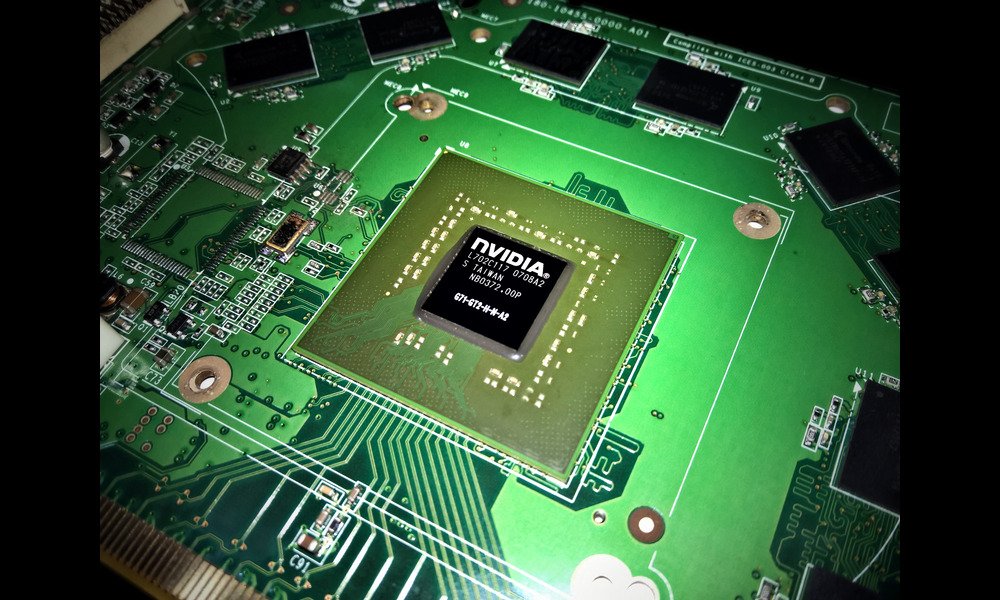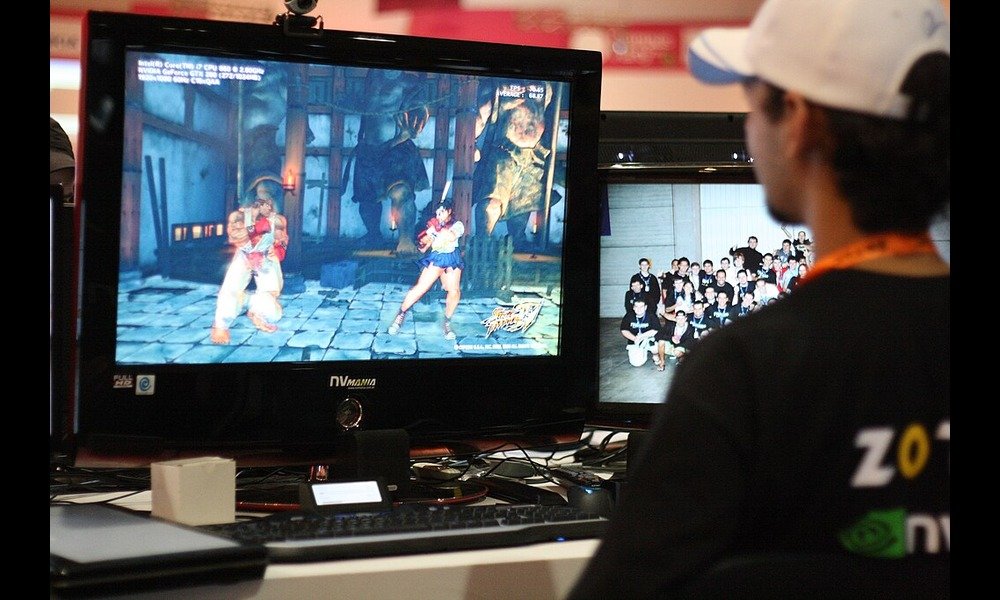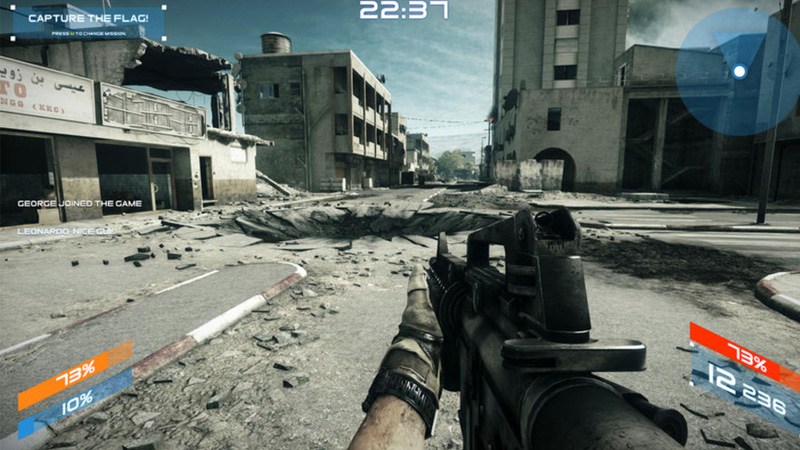Gamers are among the most critical consumers of CPUs and monitors. As such, they are also the most meticulous and care about the specifications of their gaming technology. Even minute differences in specs can impact performance and, in competitive gaming, can spell victory or defeat.
This article will discuss two essential specifications for most gamers: the frame and refresh rates. What they are, their differences, and how they can impact the viewing and gaming experience will be the topic of this essay.
1. Frame Rate and Refresh Rate
All gaming technology will necessarily include specifications for frame rate and refresh rate. Many, though, need clarification, thinking they are the same. Though they may refer to the frames per se, they are different.
Both frame rate and refresh rate refer to a series of frames. A frame is a particular image at a given time in each medium, like a picture. A series of frames makes a scene or scenario in games, cinema, television, and any video. What, then, is the difference between a frame rate and a refresh rate if they pertain to the series of frames?
A frame rate is the speed at which frames are shown in succession for a specific duration. The exact measurement for frame rate is FPS, or “frames per second.” The number of frames shown per second is the FPS. For instance, 60fps means 60 frames (or images) are shown for one second.
A refresh rate refers to the number of updates a particular display can show for a specific time. Measured in Hertz, the number of images updated for a second is the number of Hertz. If a display technology updates 60 images per second, you have a measurement of 60Hz.
The difference between a frame rate and a refresh rate is that a frame rate is an aspect of the graphics card and CPU, while the refresh rate is an aspect of the monitor and display technology itself.
The graphics card and the CPU process the frame rate. A frame rate is the number of frames the graphics card can process into the monitor. If the graphics card has a very high frame rate, the video will look seamless because it can pack many frames in a second.
On the other hand, a refresh rate is an aspect of display technology itself. After processing the images, the computer sends them to the monitor, which then shows them according to its refresh rate.
For instance, if a monitor has a refresh rate of 60Hz, it means it will play the video at 60 frames per second. If you think that the seamless display of any content will ultimately depend on the refresh rate of display technology, you are right.
Even with higher fps, if the refresh rate is lower, the monitor cannot keep up with the number of frames per second. Suppose you have a GPU that can run 120 fps. Its capability is to process 120 frames per second, but you only have a 60HZ in your display technology.
The monitor can only display 60 images per second, which is way below what the graphics card can process. The video will lag because the monitor cannot keep up with what the GPU can process.
If you need compatible components or technology to make both frame rate and refresh rate sing in unison and tune, you are again right on target. Display technology with high refresh rates must handle higher frame rates. If you have them, you can be sure you will have a seamless video display.

2. Why do Frame Rate and Refresh Rate Matter?
Frame and refresh rates can impact the gaming experience and the viewing experience of content in general. A GPU and CPU that can process a higher frame rate and a monitor that can exhibit a higher refresh rate can make a difference in how well one plays and how one experiences the game.
First, we must understand what it feels like to watch something at a lower frame rate. Imagine a succession of images being flipped. The faster the succession of images, the smoother and more seamless it looks. The experience is like having a higher frame rate.
Imagine that same set of successive images shown to you, but this time flipped page by page. You do not see motion; instead, you see a clear succession of pictures. That experience is like the viewing experience in lower frame rates.
Higher frame rates result in a more flawless, fluid motion of images. Lower frame rates look more like a succession of still images, bland, unsmooth, and almost boring. Having higher frame rates, therefore, usually results in a more aesthetically pleasing viewing experience.
Since your monitor can only optimize the higher frame rate if it is compatible with the refresh rate, you need a refresh rate that can handle the higher frame rate. For this reason, most buyers look at the specifications so that one can optimize the other.
Different display contents will need different frame rates and refresh rates. The standard for films is 24fps. PC games, however, require higher frame rates and refresh rates. The standard is usually around 60 FPS, but they can go to 120 FPS or higher.
That is because games have different specifications than films and other media content. They have more colors and details, and thus, they will need higher FPS to ensure a smooth display. The monitor must also be the same, if not higher, HZ so it can display the processed contents without any issue.

3. The Ideal Frame Rate and Refresh Rate
The best frame rate and refresh rate are those that can give you the best immersive viewing experience, one that can give you the aesthetic pleasure you covet. The ideal frame rate and refresh rate optimize the display content, whether films or games.
Therefore, having a higher frame rate and refresh rate is not necessarily better or ideal. Not all media content requires higher frame rates and refresh rates. Films, as we mentioned, average just around 24FPS, below most standard FPS for graphic cards.
Games, though, will need higher frame rates and, thus, higher refresh rates. If you have a gaming console that operates at a higher frame rate, ensure that your display technology has a higher refresh rate, one that can match or even surpass what you have in your computer or console.
A higher frame rate matched with a lower refresh rate will significantly impact your gaming experience. It will result in lagging motion and even blurring of images. It can affect the way you play a particular game on your display technology.
The types of games you play may also need a particular frame rate. All GPUs have limitations, and the more the need for processing finer details like color and texture, the more you give something in return, like frame rate. Games needing higher frame rates might not be smooth if run on a GPU with limited capacity.
Some games may require higher frame rates due to aesthetic and gaming requirements. Older games might not need to be run on GPUs with higher frame rates, as the lower specs might not be enough. The nature of the game itself may necessitate a higher fps, depending on the details, aesthetics, and technology.
Compatibility is the key. If your GPU and monitor do not match, you need to upgrade either of them. This is especially true of gaming consoles and other mediums with processors, where a package does not necessarily include a monitor.
That is not a problem for PC systems. Most PC systems include monitors in their packages, and usually, the GPU and CPU specifications match those of the display technology. However, the game or medium content itself must match the requirements of the processor and the monitor.
It’s a good thing that GPUs and monitors sporting high frame and refresh rates are mainly available. The development of advanced technology throughout the years has led to the development of less expensive products that can give most consumers a more immersive experience.
Whatever you need concerning gaming and entertainment, whether high frame or refresh rates, LEDSINO can be of invaluable help. We offer various products that can optimize your gaming and viewing experience.
You can enjoy everything the modern, advanced technology offers concerning entertainment, giving you the best immersive experience possible.

4. Final Thoughts
Many people confuse frame rates with refresh rates, but they are not the same. However, both have something to do with seamless and smooth display, are closely related, and can significantly impact the gaming and viewing experience.
You must know those specifications, for they need to match. If they do not match, you might experience some issues concerning displaying content. If they do not match, an upgrade is necessary to avoid potential issues, and optimize the technology, and maximize the aesthetic pleasures to the fullest.



